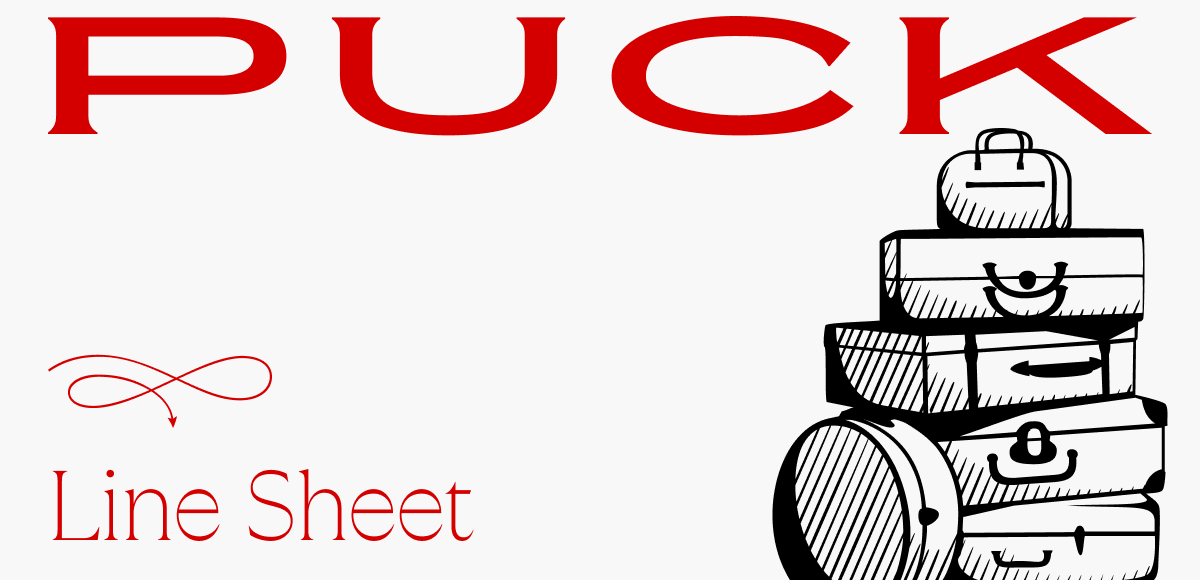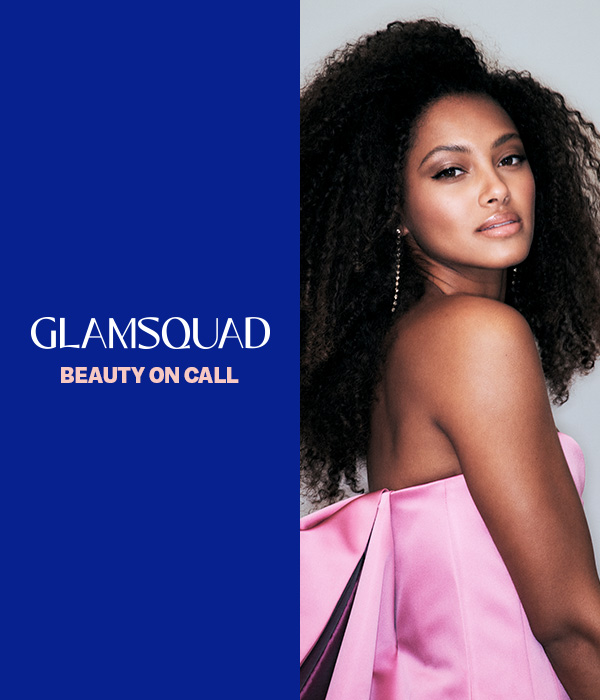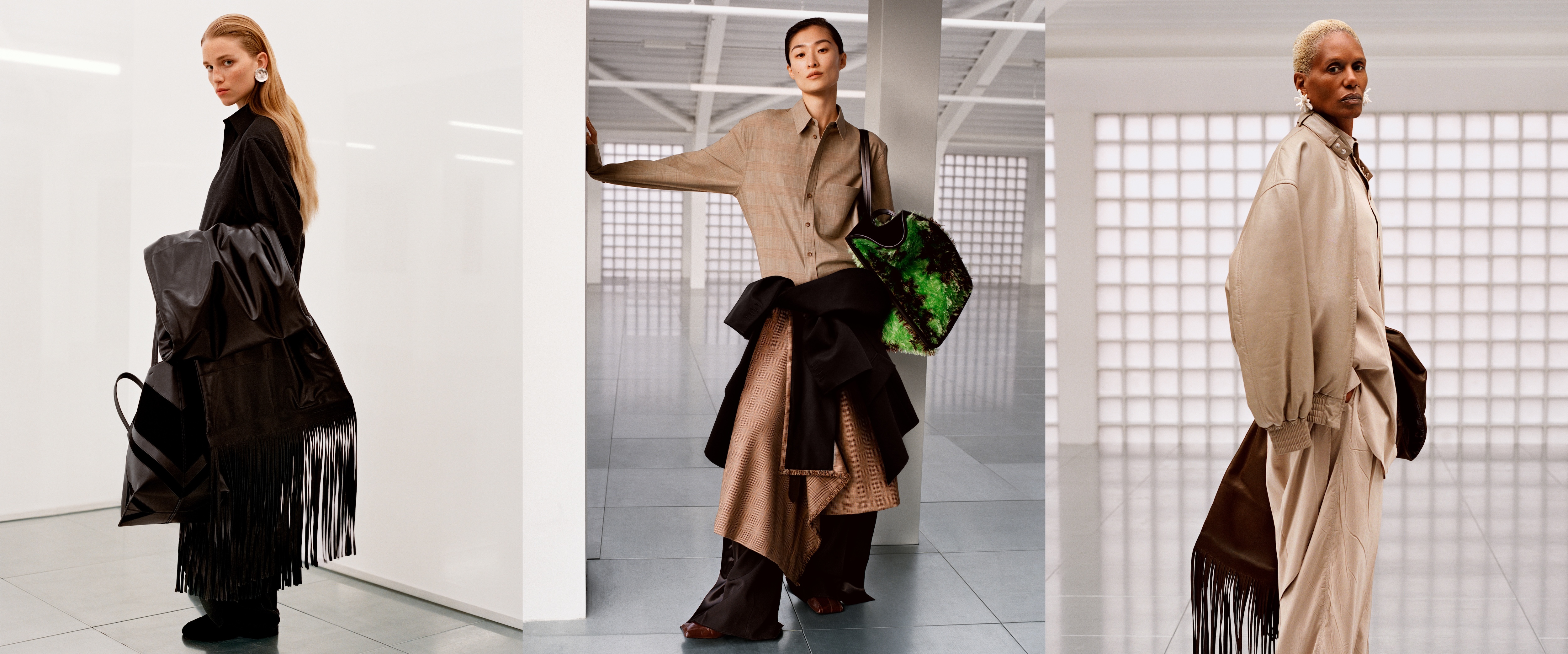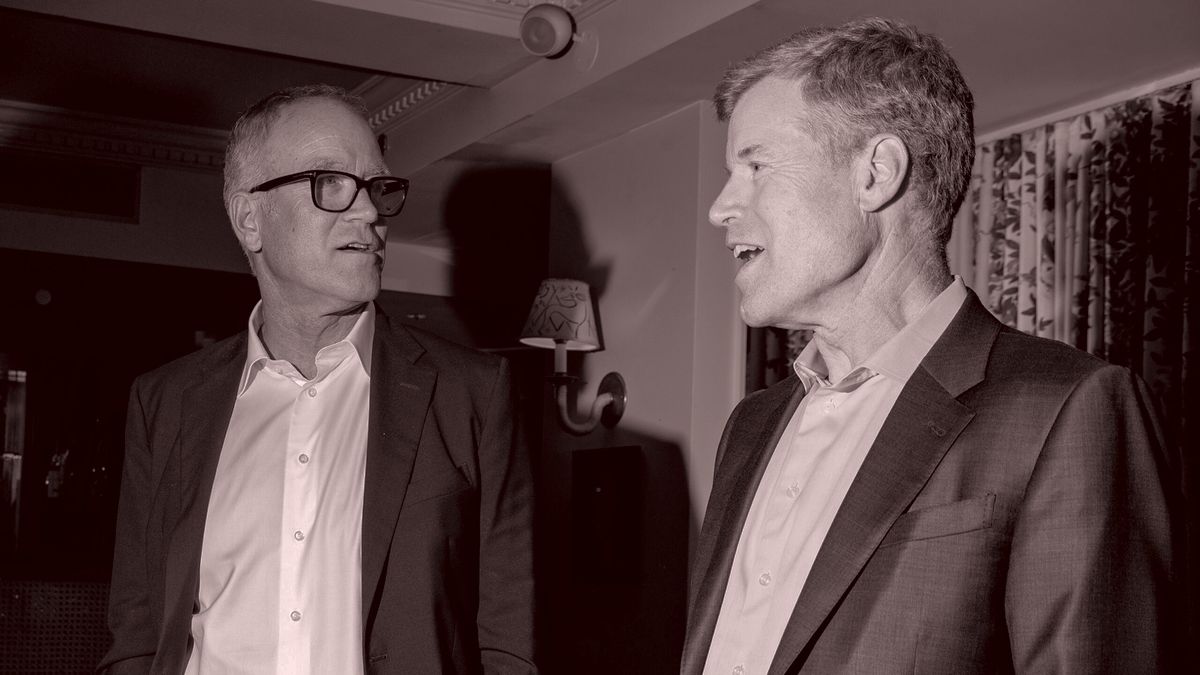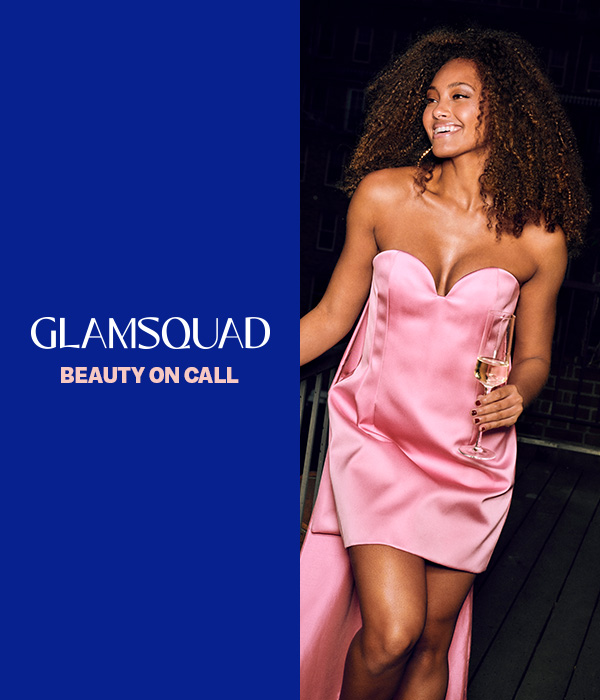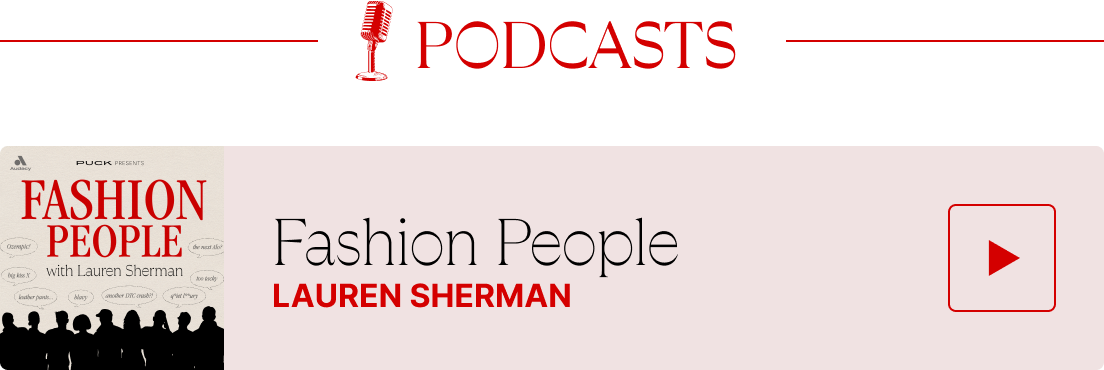Hi, and welcome back to Line Sheet. One of the resounding sentiments I heard during my recent
trip to Europe was that there weren’t enough options for selling clothes in America. Sure, most European fashion brands have robust direct-to-consumer businesses, but department stores and online multibrand retailers offer a tremendous marketing channel for a country that’s double the size of the entire E.U. Now that the industry has consolidated, you pretty much have to do business with Saks Global—even if they owe you millions of dollars—and LuxExperience, the new parentco of
Mytheresa and Yoox Net-a-Porter Group, even if it’s hard to keep a straight face about the name.
It theoretically presents a big opportunity for Nordstrom, the family-run department store that’s being taken private in the first half of 2025. Who doesn’t want to do business with a clan of affable shopkeepers with good taste and clear-eyed accounting methods? Our intrepid retail correspondent, Sarah Shapiro, recently walked the floor of the Bay Area’s
various Nordstroms to get an on-the-ground sense of what makes them special, but also what makes them like everyone else. (I never said it was going to be easy.)
Up top, Sarah also solves the mystery of Gen Alpha’s answer to Forever 21—Altar’d State—and explains why consumer surveys about spending intent are often total B.S. Plus, in honor of the latest Phoebe Philo collection reveal, I preview what’s next for what may end up being the first LVMH startup to succeed commercially.
🛍️ Sarah has something for those of you with the Shoppies: Whenever famous-person-and-entrepreneur Morgan Stewart McGraw posts a new pair of Chanel ballerinas, I immediately want them for myself. McGraw, whose own wardrobe is littered with Hermès, The Row, and, increasingly, Phoebe Philo, designs a line of unexpected basics called Renggli. Today’s drop, which is selling out
fast, includes a sherbet-colored velvet mini, a gold-foil chore coat, and denim that Morgan claims is the best denim. She warned you that the organza pieces would sell out quickly… and they did. —Sarah
Shapiro
Mentioned in this issue: Erik and Pete Nordstrom, “Nordy’s,” Olivia Kim, Dôen, Rothy’s, Saks Global, Catherine Bloom, Neiman Marcus, Phoebe Philo, Max Wigram, the Gig bag, Delphine Arnault, Ralph Lauren, LVMH money, Jack Kleinhenz, and many more…
|
|
|
A MESSAGE FROM OUR SPONSOR
|
|
|
Three Things You Should Know…
|
- She
just has it: The Phoebe Philo experiment has been so fascinating for me to watch, report on, and, yes, consume. In some ways, Philo and husband Max Wigram’s venture is a typical startup, with all the messy operational and H.R. challenges expected of early-stage founders feeling their way through the dark. The difference, of
course, is that PP has LVMH money, Delphine Arnault on the board, and access to LVMH resources. Then there’s Phoebe herself. I’m legitimately amazed by how her first two collections have penetrated the fashion industry’s collective psyche, especially given the minimal marketing and limited distribution.
|
Photos: Courtesy of Phoebe Philo
|
- Collection
C, which will be released in batches starting mid-2025, is the sharpest proposition yet for how a woman should dress: silver earrings; a giant, wild-looking bag or a compact, efficient cross-body; layers of shirting, suiting, and knits that are body-conscious without overexposing. That small cream Gig bag is the thing. Philo not only influences how other designers approach their collections, but she also serves as an omnipresent fashion director for the high street. The Collection C
lookbook will inform the merchandising choices of Cos, Everlane, and others for seasons to come.
She’s also setting the tone, pricing-wise. Everything is so expensive now that the sticker shock of her first collection has been diminished; plus, distribution in physical retail stores (from Bergdorf Goodman and Maxfield in the U.S. to Dover Street Market in London and Paris) has made it easier for consumers with access to touch, feel, and convince themselves that it’s worth it. And
in Europe especially, the prices often come in lower than comparable brands. (For instance, the aforementioned Gig bag is $2,600 on the U.S. site. In France, it’s €2,100—or $2,300 at current exchange. Foreigners visiting Paris can pay even less after applying for the VAT refund.)
The fact that it’s working at all is an impressive feat: Philo was used to operating with more corporate infrastructure, and LVMH has failed at pretty much every attempt at building a non-beauty brand from
scratch. Remember, though, that LVMH is only a minority stakeholder in PP. Sure, that’s made the whole thing harder in some ways, but in others it has freed Philo and Wigram.
This next phase of growth will probably use the LVMH machine to scale. PP has already opened up distribution more widely to more independent boutiques. And I would bet on a full-fledged store opening in Paris or London within the next year. (LVMH is constantly rejiggering their real estate fleet, and it’s easy to
justify closing underperforming stores at the moment, opening up opportunities for PP to enter.) As for a possible runway show, part of me hopes that Philo continues to abstain from the circus. In a certain way, it makes the brand feel more inclusive, to properly use an overused term. But the other part of me knows that Philo’s return to the calendar would really make it feel like Fashion was back.
|
|
|

|
Sarah Shapiro
|
|
- Shopping ’til we
drop: During this weekend’s channel checks, I spotted many busy stores and packed parking lots. But my reading of the data and conversations with analysts reveal a stark disconnect between consumer sentiment, browsing behavior, and actual purchases. National Retail Federation economist Jack Kleinhenz noted this week that while consumers haven’t stopped shopping altogether, they are restrained and making considered purchases. Another analyst offered a different spin,
suggesting that while some retailers are struggling, so far that hasn’t translated into an industry-wide slump. People are still shopping. That tracks with an insight from Dan Frommer’s recent Consumer Trends special report, in which he pointed to a University of Michigan study finding that even as consumer sentiment
goes down, spending doesn’t necessarily follow. (Dan, of course, is Lauren’s husband.)
The key difference in brand performance is how well companies deliver to either value-conscious consumers or offer real quality (versus just marketing) at a higher price point. While off-price retail leaders are posting growth, the brands they carry may not be. (Likely because the brands are diversified and not only selling via off-price channels.) The brands that are
succeeding are those like Coach, Ralph Lauren, and even Birkenstock, for instance, which offer quality products at an approachable price point.
- Gen Z’s true believers: During a recent trip to Richmond, I dropped into Altar’d State, the Christian retail chain that’s become popular with Alphas and Gen Zers across the South and Midwest. Altar’d State, which launched in 2009, has now amassed nearly 200 stores across their four life-stage-specific
brands. (That’s Tullabee for baby, toddler, and mommy and me; Arula for extended sizes in women’s wear; Vow’d for weddings; and the namesake brand Altar’d State for teens.) It’s become a go-to for many high school and junior high girls seeking a LoveShackFancy-inspired look—sundresses, babydoll tops, etcetera—at a sharper price point.
What caught my eye, though, were the baseball hats emblazoned with “extra spicy margs” and “put it on my dad’s tab” sitting alongside these dresses. What is
the target age demographic for this? Teen expert Casey Lewis pointed me back to the early playbook of Forever 21. Remember those John 3:16 shopping bags filled with spaghetti strap tanks, tube tops, and miniskirts? The tension between Altar’d State’s faith-based values (they donate a percentage of sales to charity) and slightly suggestive teen fashion is somewhat confusing but not unprecedented or surprising. After all, even God-fearing girls need a crop top at some point. (But,
by the way, Forever 21 declared bankruptcy for the second time on Sunday.)
|
|
|
And now for the main event…
|
|
|
Superior customer service and better relationships with brands have put some distance
between Nordstrom and its competition. Will going private cement their lead, or shackle their ability to navigate a global retail marketplace?
|
|
|
There’s nothing like a channel check—the retail industry term of art for a store
visit—to study how consumers are actually engaging with inventory. So over the past weeks, I popped into several Nordstroms to investigate what’s working, and not working, as the 125-year-old department store chain prepares to go private—a calculated bet by Erik and Pete Nordstrom that family control (in partnership with El Puerto de Liverpool, a retail-focused Mexican holding company) will outweigh the benefits of public shareholders. With the brothers
back in charge, they’re also planning to invest in what’s kept Nordstrom relevant while competitors have faltered: luxury experiences worth leaving home for.
Customer service remains part of the brand’s core mission. On one recent Saturday visit to a very busy Nordstrom outside San Francisco, I observed a microphone-wielding “concierge” on the shoe floor, directing foot traffic and matching customers with available
associates—a sort of retail command center. Nordstrom’s footwear expertise runs deep—the company began as a shoe store in 1901—and their “four to the floor” approach has been a model for retailers. When asked for a size, associates are instructed to bring customers the requested style, an alternate size, a similar option from another brand, and something unexpected. This approach is said to increase purchase conversion as well as brand discovery.
|
|
|
A MESSAGE FROM OUR SPONSOR
|
|
|
That attention to detail is among the reasons Nordstrom has established itself as the
launchpad of choice for established but still emerging labels seeking retail expansion. The chain also continues to focus on brand discovery and incubation. Take Dôen and Rothy’s, whose recent Nordstrom debuts (online and in 20 key brick-and-mortar locations) gave the retailer instant fashion credibility while luring new customers with exclusive offerings from these smaller brands.
While it’s hard to
quantify, the focus on creating luxury in-store experiences is helping to drive earnings. In the latest quarter, women’s apparel, men’s, and activewear drove 4.7 percent sales growth YoY. Of course, it’s rare for retail brands to evidence comparable strength across both men’s and women’s apparel. But Nordstrom, despite the ever more slovenly American workplace, is still moving suits. In fact, men’s apparel was one of Nordstrom’s strongest growth categories for 2024—a sign they’ve achieved the
right mix of premium and accessible brands at a time when many retailers are hesitant to offer customers dressed-up fits alongside activewear and more casual pieces.
That focus is evident across the 93 full-line Nordstroms (or “Nordy’s,” as some executives have taken to calling it), but especially at flagships like the New York City location (opened in the fall of 2019), which features restaurants, integrated services like Drybar, and thoughtful pop-ups orchestrated
by creative visionary Olivia Kim. At the national level, Nordstrom recently hired stylist and celebrity personal shopper Catherine Bloom, who’d worked at Neiman Marcus since she was 18, as its director of luxury styling. Bloom, after all, is credited with bringing some $300 million in revenue to Neiman, via her industry connections and V.I.C. shopper relationships. Now, she’ll be the face of the chain’s expanding efforts to lure wealthier clients and establish
Nordstrom as a sort of personal shopping oasis from the depersonalized process of simply buying clothes online.
|
Nordstrom’s decision to go private will mark a pivotal shift in the retail sector once
the shareholder vote takes place, likely in the first half of the year, I’m told. The Nordstrom family and their Liverpool partners will be liberated from the constant pressure of quarterly earnings. More specifically, it frees them from having to strictly follow their open-to-buy—the preplanned purchasing framework that determines budgets for new inventory in each department. As a public company, sales-to-inventory ratios are a key indicator for investors; as a private company, Wall
Street won’t be breathing down Nordstrom’s back if they’re overbought.
Anyway, this will be an attractive option for smaller brands seeking reliable partners focused on relationships rather than short-term profit extraction, creating both a competitive advantage for Nordstrom and a lifeline for vendors caught in the industry’s financial turbulence. Plus, a private Nordstrom will be able to make customer-centric investments without having to show immediate returns on
investment. Of course, going private also presents challenges, including reduced access to capital markets, less equity with which to attract new senior leadership talent, and the risk of losing the transparency and responsiveness to market conditions that comes with public scrutiny.
|
|
|
But Nordstrom is also positioning itself as the last beacon of the traditional
department store, staking a claim to being the anti-Saks, which is now paying vendors within 90 days of shipping products, whereas Nordstrom is maintaining the industry-standard net 30 policy. Nordstrom is outpacing Saks Global, too: While the latter company’s revenue is said to have fallen last quarter, Nordstrom closed Q4 with 4.7 percent sales growth
versus the year prior.
However it works out, at least the company can test and learn without the scrutiny of the public markets, giving it the latitude to focus on customer experience and brand curation while its competitors get hung up on vendor relationships and store closures. Is it a blueprint for retail survival amid the slow-motion death of the department store? I’ve always appreciated Nordstrom’s customer-centered
approach and ability to bring on exciting brands to give them more exposure. But of course, customer loyalty isn’t enough—you need revenue growth, too. Going private doesn’t ensure success either, but it should give Nordstrom a better chance at it.
|
Our guy, Vuori founder Joe Kudla, references Coco
Chanel, reminisces about being a high-fashion model, and suggests that the media doesn’t understand the company’s $5.5 billion valuation. [Forbes]
Amanda Mull’s latest on why “Buy American” campaigns work great at stirring patriotic feelings but rarely deliver on keeping jobs
and manufacturing at home. [Bloomberg]
For an iconic pairing that tells the story of magazines, here’s a story about The New Yorker’s art critic getting fired for alleged misconduct at the mag’s 100th anniversary party, and a review of Graydon Carter’s book in which
longtime Vanity Fair contributor Bryan Burrough recalls getting paid $500,000 a year for delivering three 10,000-word articles. [NYT and Yale Review]
Department store legend Burt
Tansky passed away Sunday. He’s credited with taking Neiman Marcus further upmarket after management consultants told him to do the opposite. [WWD]
|
Until tomorrow,
Lauren
P.S.: We are using affiliate links because we are a business. We
may make a couple bucks off them.
|
|
|
Puck fashion correspondent Lauren Sherman and a rotating cast of industry insiders take you deep behind the scenes of this
multitrillion-dollar biz, from creative director switcheroos to M&A drama, D.T.C. downfalls, and magazine mishaps. Fashion People is an extension of Line Sheet, Lauren’s private email for Puck, where she tracks what’s happening beyond the press releases in fashion, beauty, and media. New episodes publish every Tuesday and Friday.
|
|
|
An essential, insider-friendly Hollywood tip sheet from Matthew Belloni, who spent 14 years in the trenches at The
Hollywood Reporter and five before that practicing entertainment law. What I’m Hearing also features veteran Hollywood journalist Kim Masters, as well as a special companion email from Eriq Gardner, focused on entertainment law, and weekly box office analysis from Scott Mendelson.
|
|
|
Need help? Review our FAQ page or contact us for assistance. For brand partnerships, email ads@puck.news.
You received this email because you signed up to receive emails from Puck, or as part of your Puck account associated with . To stop receiving this newsletter and/or manage all your email preferences, click here.
|
Puck is published by Heat Media LLC. 107 Greenwich St, New York, NY 10006
|
|
|
|
